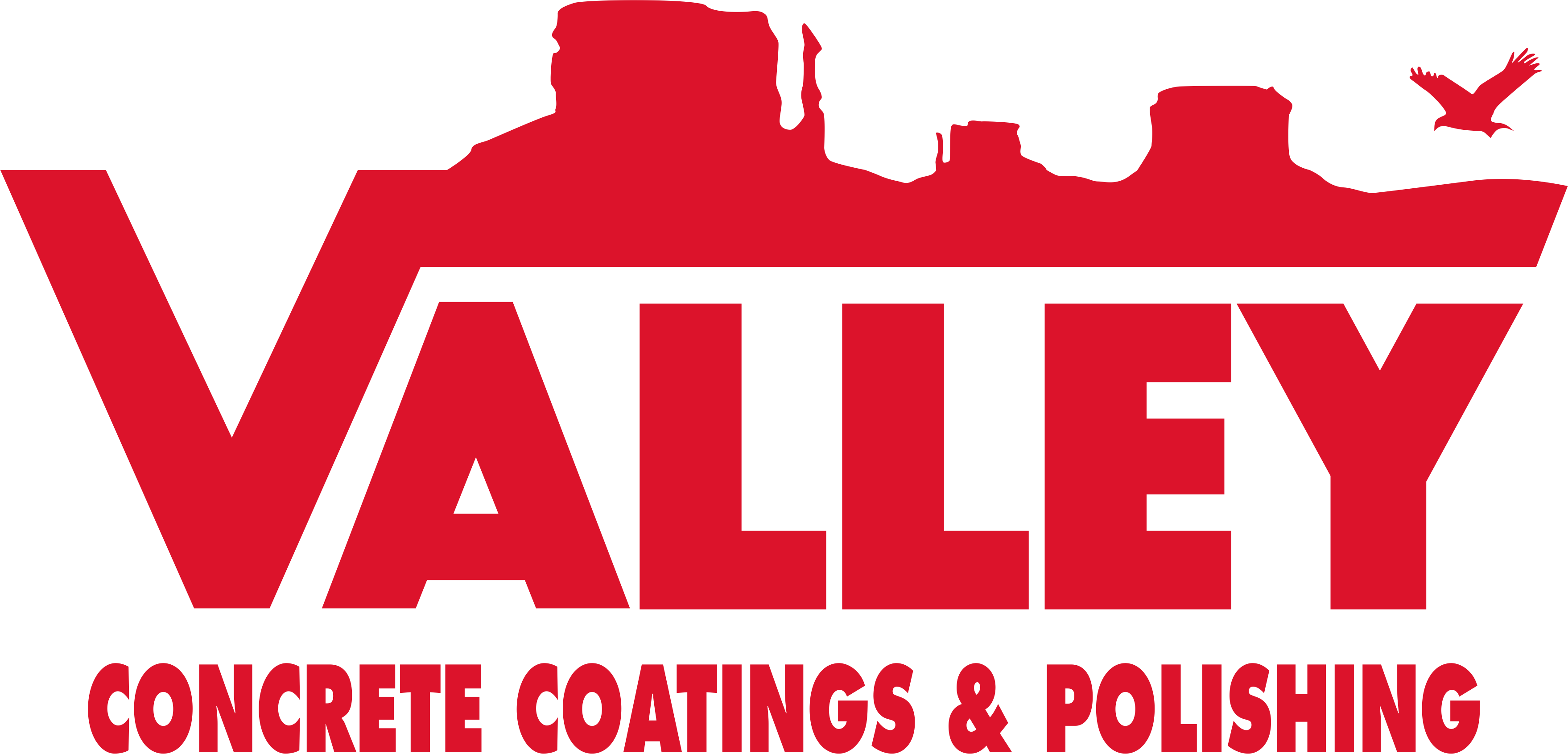
Homeowners and business owners in Phoenix, Arizona, use concrete staining as a quick and inexpensive way to enhance the aesthetic appearance of their properties’ internal and external concrete. This style of residential garage flooring involves adding a solution onto a large concrete surface. After the process, the color becomes a permanent part of the concrete surface.
With time, use, and exposure to the elements, stains can wear off and fade. Sealers are put on top of them to protect them. Concrete is highly absorbent. This means that it can be stained in just about any color imaginable. There are a variety of hues, tones, and techniques that have been successfully used.
Valley Concrete Coatings & Polishing breaks down the pros and cons of concrete staining in Phoenix, AZ.
Concrete Staining Types
Concrete stains can be divided into two groups: reactive concrete staining and nonreactive concrete staining.
Reactive Concrete Staining
Reactive concrete staining comprises a blend of hyaluronic acid and inorganic metallic salt that interacts with the concrete. This combination forms a permanent bond with the concrete, generating a chemical reaction that results in a marble-like appearance etched into the surface. Acid-base stains have fewer color options than nonreactive concrete stains, requiring concrete professionals to exercise more safety precautions and possess greater experience during application due to their acidic nature.
Nonreactive Concrete Staining
Nonreactive concrete staining involves water-based stains utilizing acrylic polymers and pigments. These stains don’t rely on a chemical reaction to color the concrete. Instead, they penetrate deeply into the concrete surface, depositing pigment particles within the open pores. A sealant layer is applied to prevent peeling or flaking.
Polymer-bonded technology enhances the durability of nonreactive concrete stains, reducing flaking and minimizing volatile organic compounds. Water-based stains are highly favored for their broad spectrum of color options, ranging from translucent to bold to vivid. Similar to paints, they can be mixed to create new colors. Being free of solvents and acids, nonreactive concrete stains are easier to apply and ideal for revitalizing lackluster interior or exterior surfaces, commonly seen on garage floors, countertops, patios, around fireplaces, and indoor flooring.
Examining the Pros and Cons of Stained Concrete
Let’s delve deeper into the available options for concrete staining and assess the advantages and disadvantages of each. This examination may aid in determining the best choice for your home or business concrete.
Pros and Cons of Acid Staining
Acid stains represent one of the most permanent coloring options, albeit limited to eight colors. These colors can be mixed, adjusted, and refined to expand the color palette. Due to the chemical process, the stain reacts differently to various concrete pieces, even within the same floor, influencing the final color outcome. Thus, exact color assurance and uniform hue across the entire floor aren’t guaranteed.
The pros of acid staining encompass extreme durability and the ability to penetrate concrete surfaces deeply. It’s cost-effective and suitable for both interior and exterior concrete. Acid staining lends a translucent appearance, allowing the inherent qualities of polished concrete to shine through. It offers a timeless aesthetic, delivering an old-world look.
The cons of acid staining include demanding maintenance, including regular resealing. Color options are limited, and certain colors may turn black when exposed to moisture. Predicting the exact color is challenging, necessitating concrete neutralization before sealing. Due to the stain’s toxicity, additional precautions are needed during handling. Furthermore, the end results vary between interior and exterior projects.
Water-Based Acrylic Staining
Water-based acrylic staining can only penetrate the surface if the concrete pores are open, requiring thorough concrete cleaning beforehand. This stain is available in various colors suitable for both indoor and outdoor applications. While water-based stains are gaining popularity, they lack durability, especially in exterior uses, compared to traditional acid staining. Quality sealing is essential to secure the stain.
The pros of water-based acrylic staining include user-friendliness and non-toxicity. It doesn’t blacken outdoors and allows for creating unique patterns and designs by adding colors. There’s also less residue to clean between staining and sealing.
Unfortunately, it lacks durability when used externally compared to acid stains, showcasing variegated or translucent coloring similar to acid staining, though not as intense. This type of staining is costlier and doesn’t achieve the same translucent feel as acid staining, potentially making the floor appear more painted than stained. Regular sealer maintenance every few years is necessary.
5 Concrete Staining Benefits Unveiled
Applying a finishing treatment to a floor significantly boosts its longevity. Concrete staining, in particular, offers myriad advantages that extend beyond mere floor strengthening.
1. Enhances Fire Resistance
Concrete staining bestows significant fire-resistant characteristics, which are particularly advantageous for commercial environments with high-risk factors. Factories housing flammable materials and machinery that can cause sparks usually benefit from this feature. Treated concrete floors contribute to a building’s passive fire resistance, preventing the spread of fire.
2. Amplifies Durability
Concrete, inherently strong with over 4,500 pounds per square inch capacity, becomes even more resilient with acid staining. The treatment shields the floor from the wear and tear induced by substantial foot and machine traffic, minimizing risks of warping, buckling, scratches, and cracks. Acid staining creates an additional protective layer, reducing vulnerability to fading, peeling, discoloration, and chipping while mitigating water ingress and the subsequent growth of mildew and mold.
3. Boosts Energy Efficiency
Concrete’s ability to absorb and gradually release heat contributes to its energy efficiency, making it a valuable asset in temperature-controlled environments. Compared to floors covered with carpet or hardwood, stained concrete enhances thermal mass, diminishing a building’s reliance on air conditioning or heating systems and reducing energy expenses.
4. Streamlines Maintenance
Stained concrete floors simplify maintenance, requiring minimal effort to keep them clean. Routine sweeping and mopping effectively remove dirt and debris. Moreover, the staining renders the floor scratch-resistant, minimizing the likelihood of mold growth resulting from standing water. Unlike fading carpets, well-maintained concrete floors retain brilliance and flawlessness for an extended period. Periodic polishing rejuvenates the floor, restoring its former luster.
5. Elevates Aesthetics
Contrary to common perception, concrete has remarkable aesthetic appeal, especially when expertly polished. Polished concrete can rival the beauty of marble, granite, and other polished stones. Captivating designs further enhance the appeal, making kitchens, bathrooms, and lobbies stand out. Staining options allow concrete to emulate the look of other costly stone-based flooring materials at a more affordable price, providing an aesthetically pleasing and budget-friendly alternative.
Stained Concrete Enhances Your Property Indoors and Out
Stained concrete means a floor impervious to moisture, stains, and dirt. You can easily clean it with a dust mop and a wet mop. If the floor is outdoors, all you need to do is spray it quickly with the hose. Stained concrete is different than hardwood, carpet, or tile. Each of these requires complicated methods of cleaning and maintenance. Many of them require expensive specialty products to repair or deep clean them. Stained decorative concrete is a great option to upgrade the floors of your home or business.
Working With Trusted Residential and Commercial Flooring Professionals
At Valley Concrete Coatings & Polishing, our team has been offering residential and commercial flooring since 2004. We’re a family-owned and -operated business that focuses on building trust with each of our customers. We’re proud to be a Better Business Bureau-accredited business with an A+ rating.
Our services include metallic epoxy flooring, epoxy flooring, floor polishing, concrete staining, acrylic overlay, cool decking, and commercial flooring. We also help our customers with solid epoxy floors, decorative chip floors, and UV-resistant polyurethane sealing. Contact Valley Concrete Coatings & Polishing today, and experience what it’s like to work with a concrete company that values each of our customers.










